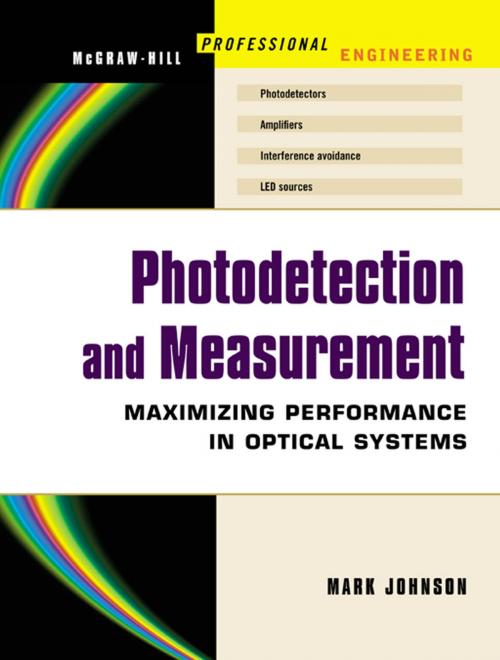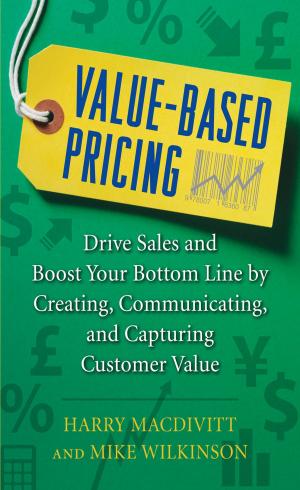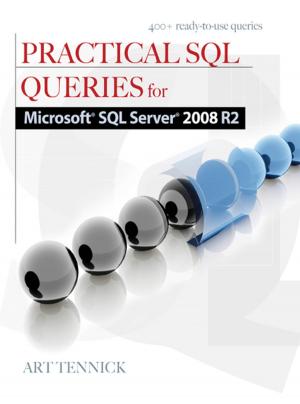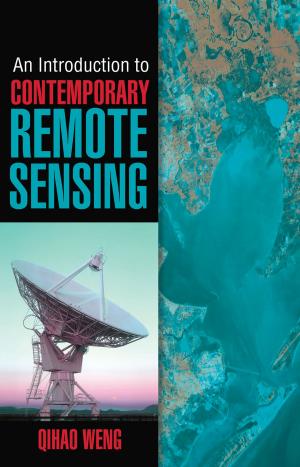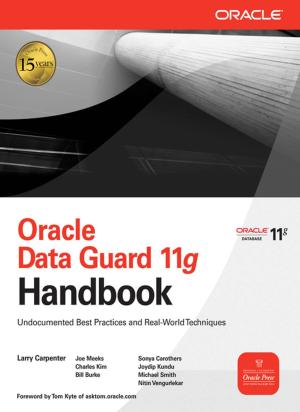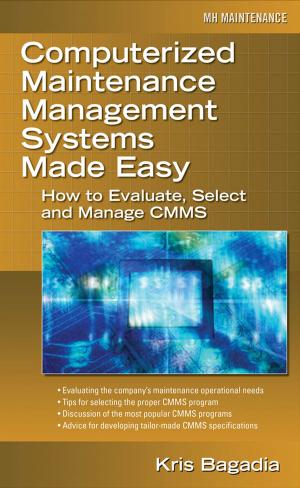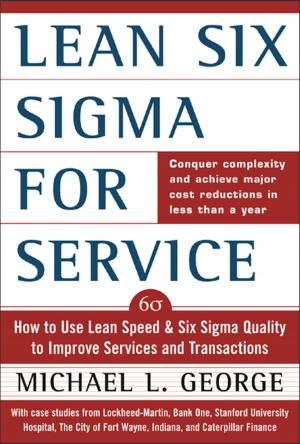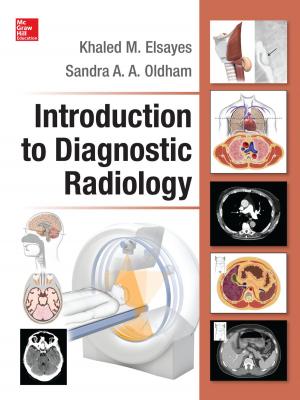Photodetection and Measurement
Making Effective Optical Measurements for an Acceptable Cost
Nonfiction, Science & Nature, Technology, Electricity, Telecommunications| Author: | Mark Johnson | ISBN: | 9780071433488 |
| Publisher: | McGraw-Hill Education | Publication: | July 22, 2003 |
| Imprint: | McGraw-Hill Education | Language: | English |
| Author: | Mark Johnson |
| ISBN: | 9780071433488 |
| Publisher: | McGraw-Hill Education |
| Publication: | July 22, 2003 |
| Imprint: | McGraw-Hill Education |
| Language: | English |
MAKE OPTICAL MEASUREMENTS WITH MAXIMUM ACCURACY AND MINIMUM COST
The "opto-electronics revolution" has made the art and science of making sensitive, accurate, and inexpensive optical measurements must-know information for legions of electronic engineers and research students. And there’s no faster or easier way to master photodetection and measurement techniques than with this hands-on tutorial written by a teacher with experience enough to know the questions you would ask.
A clear, easy-to-understand "rules-of-thumb" approach shows you how to make high-performance optical measurements by getting the fundamentals right, often with simple, inexpensive equipment commonly found in laboratories. It includes treatment of:
* Photodetectors
* Amplifiers
* LED sources
* Electronic modulation and demodulation
* Interference avoidance
* Data acquisition and basic DSP
You’ll also gain a firm understanding of noise-reduction techniques and the essentials of building-in speed, sensitivity,and stability. If you want to learn the secret of making sound optical measurements without expensive equipment, this is the one resource you shouldn’t work without.
MAKE OPTICAL MEASUREMENTS WITH MAXIMUM ACCURACY AND MINIMUM COST
The "opto-electronics revolution" has made the art and science of making sensitive, accurate, and inexpensive optical measurements must-know information for legions of electronic engineers and research students. And there’s no faster or easier way to master photodetection and measurement techniques than with this hands-on tutorial written by a teacher with experience enough to know the questions you would ask.
A clear, easy-to-understand "rules-of-thumb" approach shows you how to make high-performance optical measurements by getting the fundamentals right, often with simple, inexpensive equipment commonly found in laboratories. It includes treatment of:
* Photodetectors
* Amplifiers
* LED sources
* Electronic modulation and demodulation
* Interference avoidance
* Data acquisition and basic DSP
You’ll also gain a firm understanding of noise-reduction techniques and the essentials of building-in speed, sensitivity,and stability. If you want to learn the secret of making sound optical measurements without expensive equipment, this is the one resource you shouldn’t work without.
